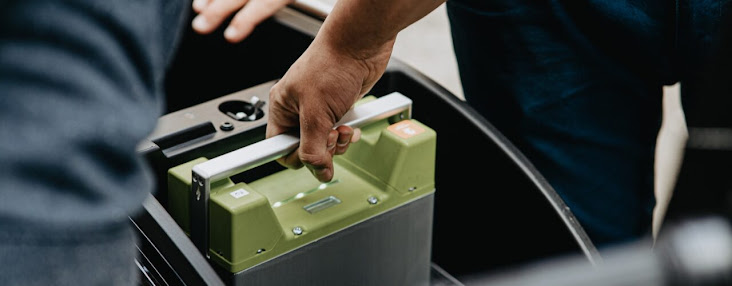ELECTRIC VEHICLES - evenergy

In search of lithium-ion alternatives, scientists use peat to make sodium-ion batteries Researchers at Estonia’s Tartu University say they have found a way to use peat to produce sodium-ion batteries – a possible alternative to the lithium-ion batteries commonplace today. So what? This technology is dependent on the extraction of peat from bogs – a type of wetland ecosystem abundant across northern Europe. Bogs and other wetlands, however, are important carbon sinks, often sequestrating more carbon than comparable forest ecosystems. Draining these areas would, thus, lead to the release of large amounts of carbon dioxide. Although the researchers argue that the peat they use are waste products of other extraction methods, scaling up of such technology would mean that these unsustainable extraction methods are further incentivized and made financially attractive. Batteries, the solution to carbon emission-induced climate change, would then appear to contribute to further carbon dio...
.jpg)
